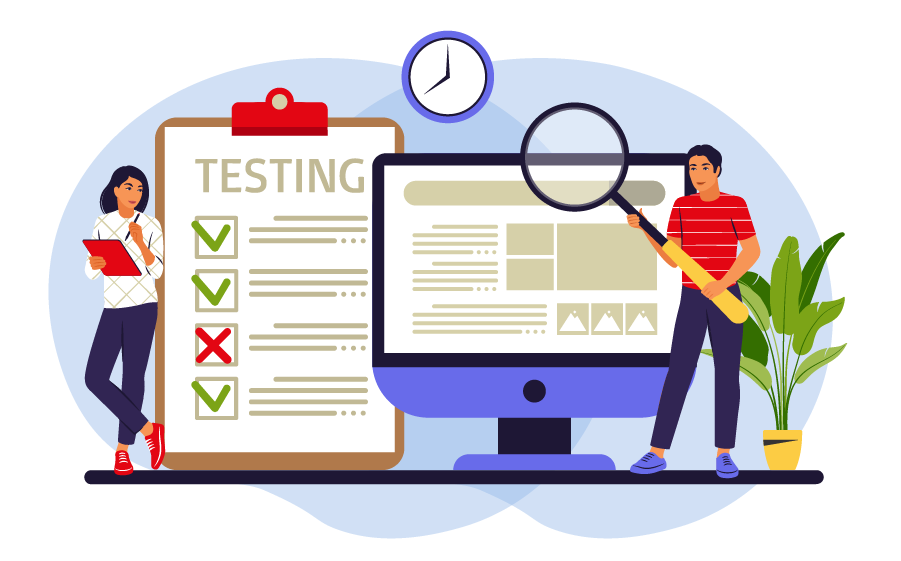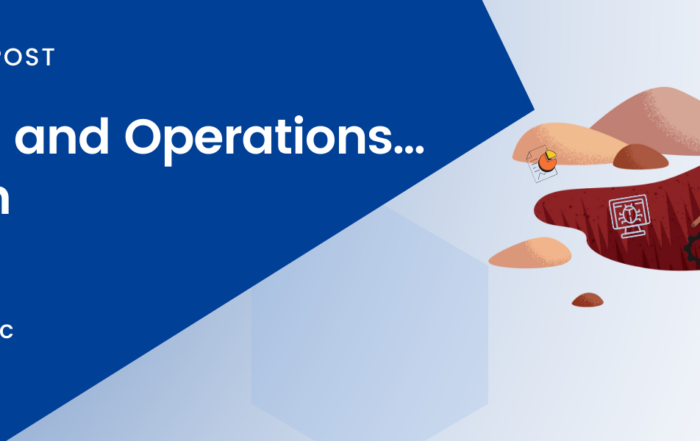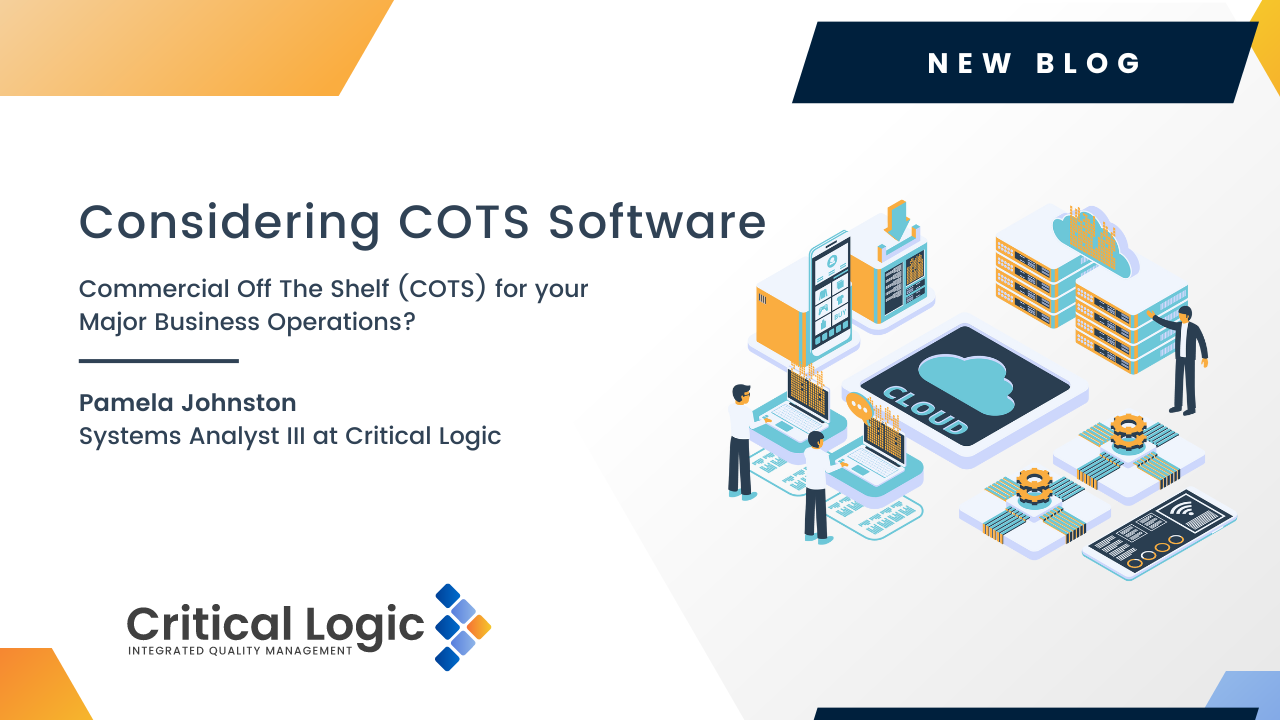Don’t Let Downtime Be Your Downfall
Test software like your reputation depends on it — because it does.
One flawed software update. 8.5 million systems down. $5 billion in damages.
The most significant IT outage in history wasn’t nefarious. It was neglect.

On July 19, 2024, a faulty update to CrowdStrike’s Falcon Sensor software triggered widespread chaos. Designed to enhance security features, the update instead caused over 8.5 million Windows systems to fail simultaneously due to a critical compatibility issue. Emergency systems went dark, flights were grounded and businesses across the globe felt the sting of lost revenue and reputational hits.
While you may not be doing business on the level of Delta Airlines, for instance, downtime can still devastate your operations. It can disrupt critical government services, delay project timelines and erode trust with your stakeholders.
Here’s the thing: these failures are avoidable.
With smart planning, rigorous testing and expertise, you can stop the chaos before it starts.
The Costs of Outages
Every IT failure ripples outward, touching every corner of your organization. Recovery costs mount. Timelines stretch. Budgets crumble under the weight of unplanned downtime. And every minute your systems are down is a minute you can’t get back.
The stakes are even higher for public-facing organizations (and especially for public-serving ones). When these systems fail, they’re not just IT issues — they’re human issues.
Emergency services that can’t respond? Unacceptable. Citizens unable to access critical programs? A failure of trust.
As the saying goes, “Trust is earned in drops and lost in buckets.” And a failed rollout? That’s buckets. Buckets of frustration for your team, distrust from your stakeholders and fallout that could take years to clean up.

Testing Is Your First Line of Defense
Testing is your system’s armor. Every crack sealed, every weak spot reinforced — it’s what stands between you and chaos.
But testing isn’t just finding what’s broken. It’s about anticipating where cracks might form and validating every piece of your complex software. It ensures updates work seamlessly in the real world — not just on paper.
Without testing, you’re flying blind. With it, you’re building confidence that when it counts, your systems will count for you.
Best Practices for Testing Success
Testing can sometimes feel like a “we’ll get to it later” task. But skipping it now only costs you in the long run. To avoid downtime, make these practices second nature:
- Start with the end in mind. Testing is a full-on strategy, not just some box to check. Align your scenarios with your goals and anticipate real-world risks.
- Make testing routine. Don’t wait for a major update to test. Regular cycles catch minor issues before they snowball into massive problems.
- Simulate the worst. Stress test like you mean it. Push your systems to their limits. If you can handle the worst-case scenario, the everyday challenges will be a breeze.
- Invest in monitoring. Think of it as your system’s check engine light. Real-time insights help you spot trouble before it becomes a full-blown breakdown.

Measure Twice, Cut Once
At Critical Logic, we take “measure twice, cut once” to heart. And not just in our work — some of us even double-check the coffee scoop or triple-measure the wall before hanging a picture. It’s a mindset, sure. But it’s also a promise. Because when the stakes are high, you can’t afford to rush. We’re meticulous because you need us to be. We start by planning with precision. Every project begins with your goals in mind. We design test scenarios that anticipate the risks and align them with real-world needs. Nothing gets overlooked. Then, we test thoroughly, pushing systems to their limits with rigorous stress testing, performance validation and integration checks. Real-world simulations uncover vulnerabilities before they cost you time, money and trust. But we don’t stop there. Continuous monitoring ensures your systems stay reliable for the long haul. And when it comes to your vendors, we’re your accountability partner. Acting as your advocate, we make sure your vendors deliver quality work, so you avoid inherited technical debt.
The Bottom Line
The CrowdStrike outage was a brutal example of what happens when testing falls short. But your organization doesn’t have to face the same fate.
Start planning, start testing and start protecting your operations today.
Let’s talk about how Critical Logic can help. Schedule your free, two-hour consultation to learn about how we can strengthen your systems and make testing your greatest strength.



